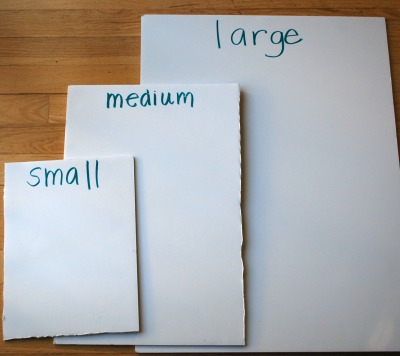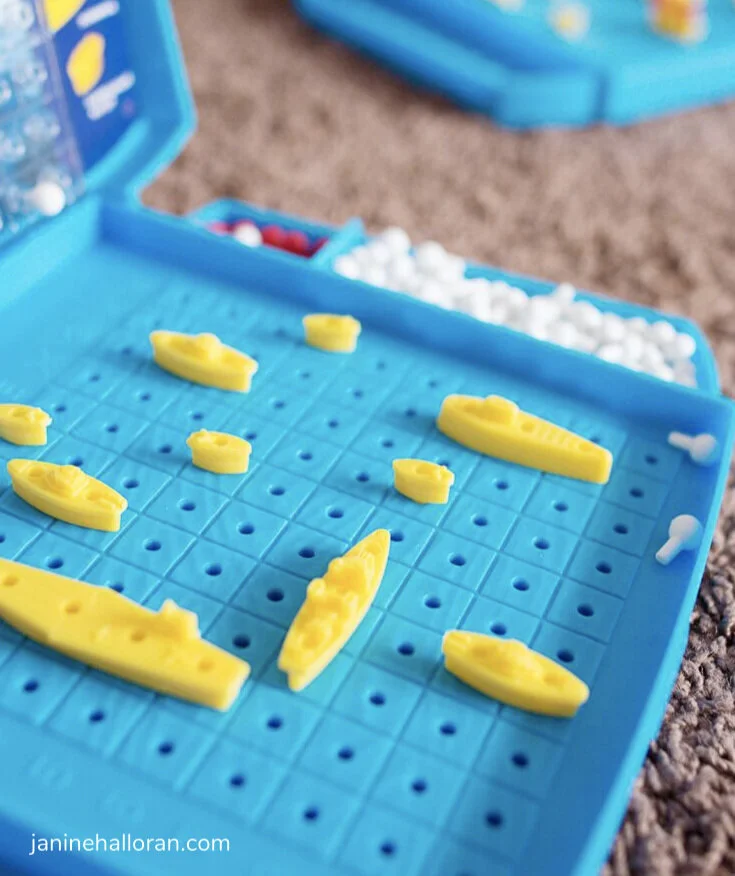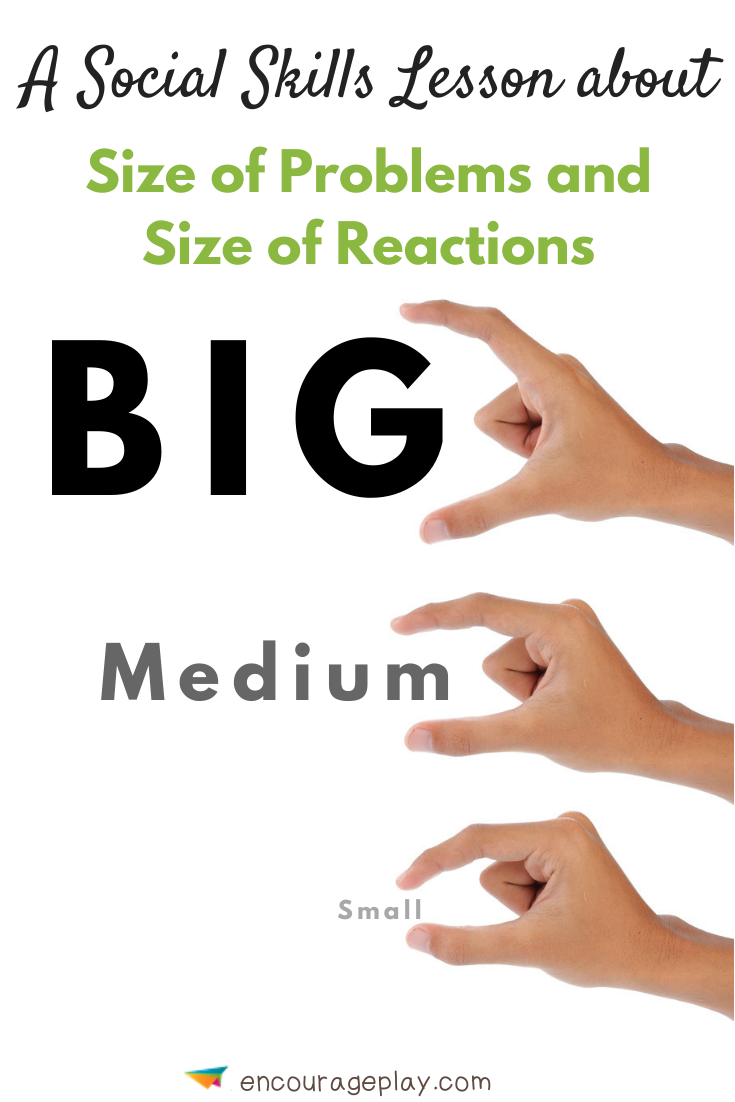Inside: A quick and easy to set up lesson to teach kids about the size of different problems they face, and the size of their reactions to these problems.
Sometimes, there are certain kids who can have over the top reactions. A small issue like breaking a pencil can lead to a big reaction. To help with this, I have a lesson for groups or individual therapy to help kids identify the size of a problem and the size of their reaction.
In order to start the lesson, generate some ideas for different problems that might occur for kids. The problems usually include things like someone dropping a pencil, losing a library book, getting into a fight, a pencil breaking, a fire in your house, someone breaks a leg.
You want to have a variety of problems so you can have some problems end up in each category. For younger kids, I like to use pictures of different problems that could happen. For older kids, I often just write down different problems.
A rule of thumb for problem sizes:
Small
You can solve it by yourself easily in a few minutes
Medium
You need an adult and/or the problem takes a little longer to solve
Big
You need to call 911, or you need an adult to help you and it will take several hours or days to fix it.
Next, take three different pieces of paper: a small paper, a medium sized paper and a large piece of poster board or paper. Have your child sort through and figure out what is a small problem, a medium sized problem and a big problem.
Labeling the pieces of paper will be helpful for those kids who respond well to written cues. If you are working with more than one child, have them take turns figuring out where to put the problems. This can lead to some fun and lively discussions.
The next thing to talk about is the size of a reaction to a problem. A reaction should match the size of a problem. If it is a small problem, like breaking a pencil, there is no need to yell out in class or start crying.
If there is a serious big problem, make sure to inform an adult immediately and do exactly what they tell you to do. Pick one problem from each paper and talk about what would be an expected reaction and ask the kids to generate ways to solve the issue.
Depending on what your child struggles with, you can focus more on one particular size problem or reaction.
For instance, if a child consistently has a big reaction to very small problems. I will say - “What size problem is this?” and they might say “small”. Then I’ll say, “what size reaction are you having?” and they will usually recognize that they are having a bigger than expected reaction. Usually after that, we can talk and solve the small issue together.















